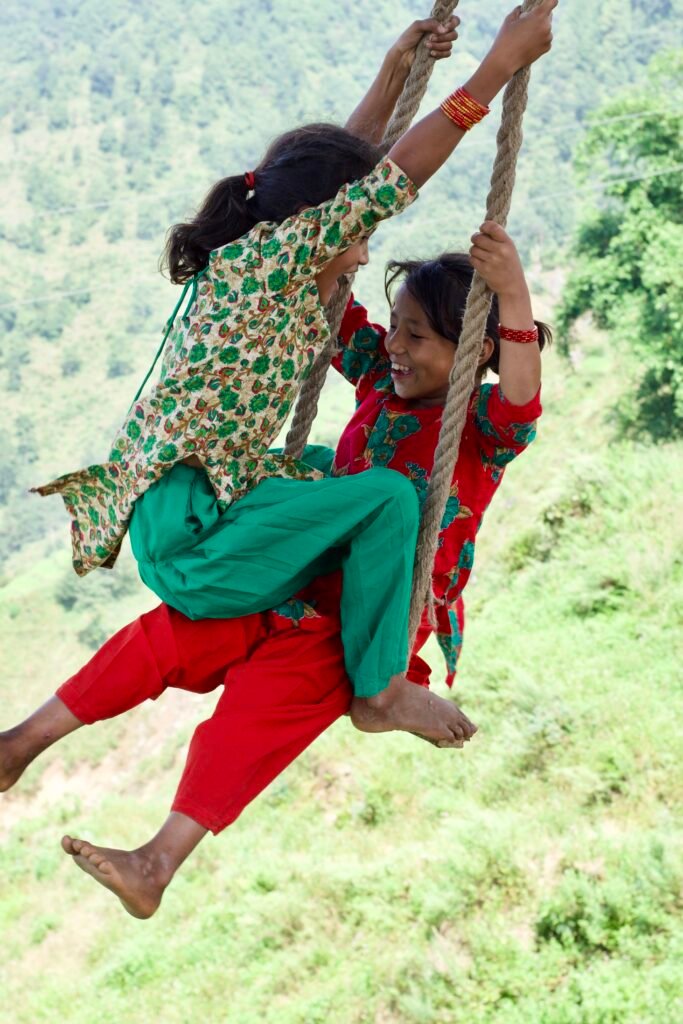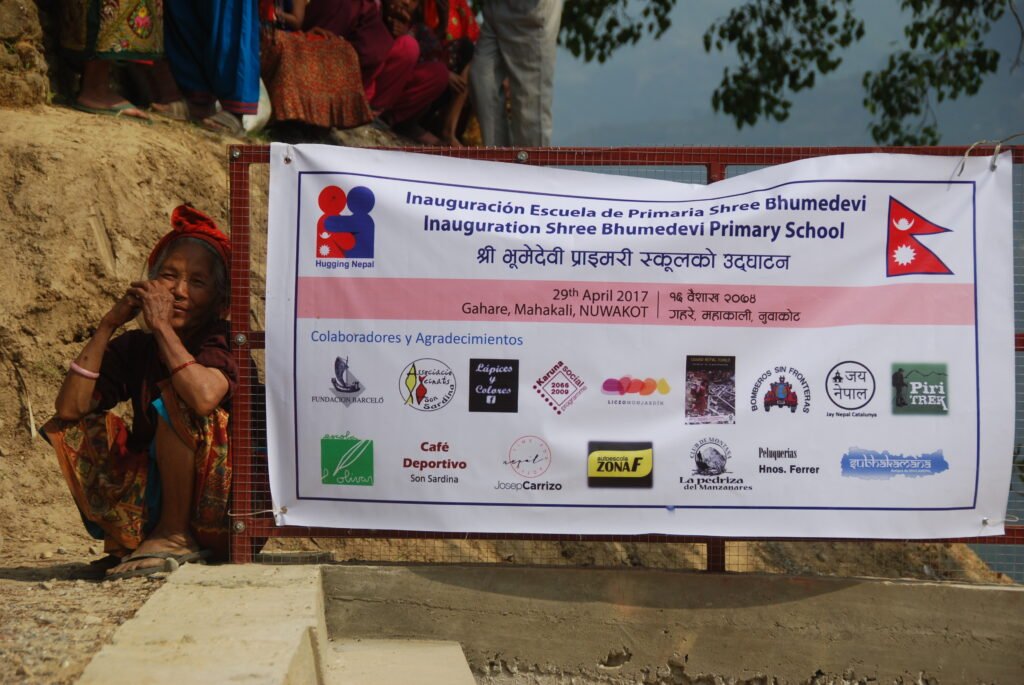Nestled in the foothills of the Himalayas, Gahare has had next to no contact with the outside world. Although geographically not that far from Kathmandu, with no roads and tourism in the area, it has remained hidden until recent times.



The Tamang people are believed to have come from Tibet many centuries ago looking for fertile lands, settling in the foothills of the Himalayas and Kathmandu valley. The people managed to live a self-sufficient life, growing their fruit and veg, foraging in the mountains and trading in livestock, rice, ginger and turmeric.




If you ask any young Tamang person what religion they follow, the answer will nearly always be Hinduism. They celebrate Dashain, Tihar, and all other major Hindu festivals. In Gahare there are no Hindu temples or priests, there is a mountain shrine which is adorned with a mixture of Buddhist and Hindu symbols.




Before the arrival of Buddhism, the main religion among the Tamang people was an indigenous shamanic and animistic religion, Bon.


The shamans perform rituals for just about everything and have a very important role in village life. There are no doctors, dentists, or medicine for at least a couple of hours’ walk. So people come day and night for help, be it toothache, fever, whatever.


The first call is the shaman. He will make a potion from herbs and then chant for hours on end, going into a trance, to banish the evil spirits. Sadly these ancient practices and traditions are now dying out. With most of the young men no longer in the villages, there is no one to pass this knowledge onto.


For centuries the Tamang people had been discriminated against as they were always considered outsiders to Nepal. Only in recent times have they been allowed to enter into governmental jobs including teaching, policing and even health care.


The earthquake in 2015 devastated the village. Most of the houses were completely destroyed. Increasing pressures for money forced many of the young men to seek work in Kathmandu and further a field. Thus leaving the burden of work on the elderly and women to take care of the children, land and animals.




With governmental officials surveying claims for the rebuilding of their homes came a new problem. Electricity. When one official discovered that he couldn’t recharge his mobile phone as there was no electricity in the village, he ordered technicians to get on the case.



From that day forward things changed forever, not only would they need to find money for rebuilding their homes (the government help was no where near enough) they would now have electricity bills to pay.


The NGO Hugging Nepal was formed in the aftermath of the earthquake, focusing on education and the rebuilding of schools. I started volunteering for Hugging Nepal in 2016, living and working amongst the people of Gahare on and off for the last four years.


